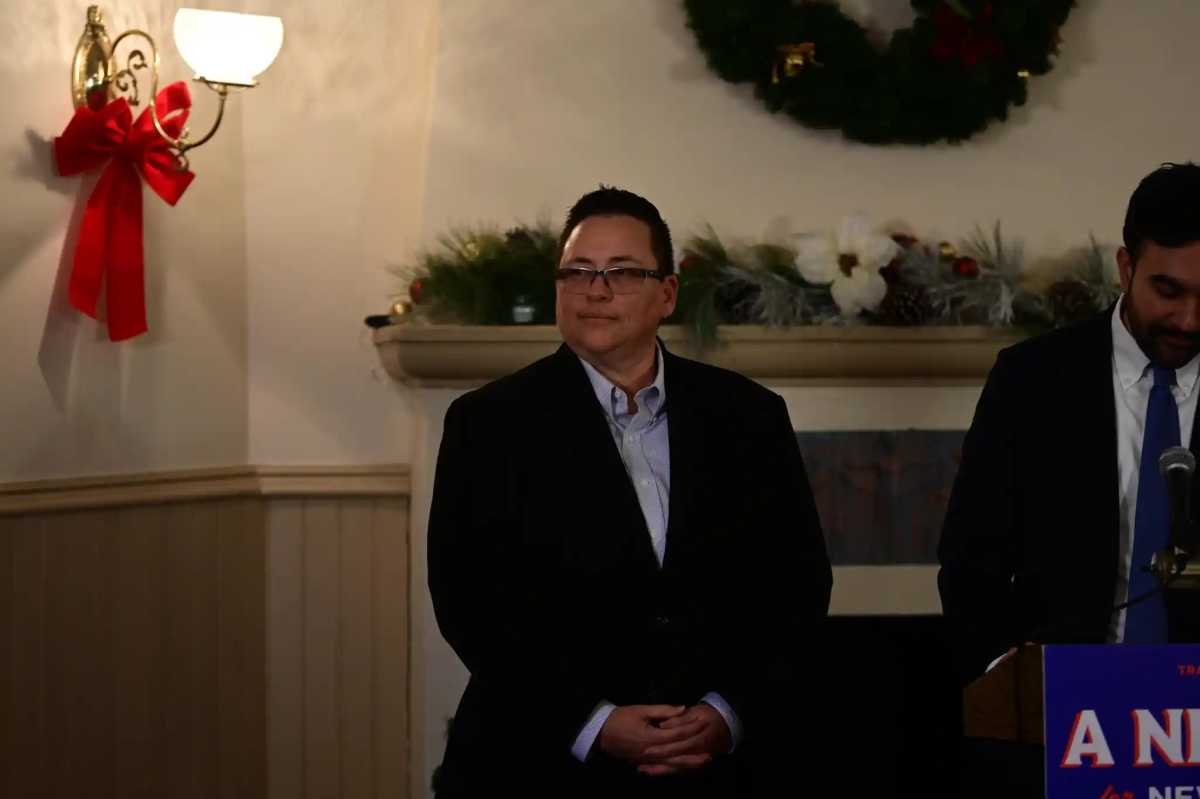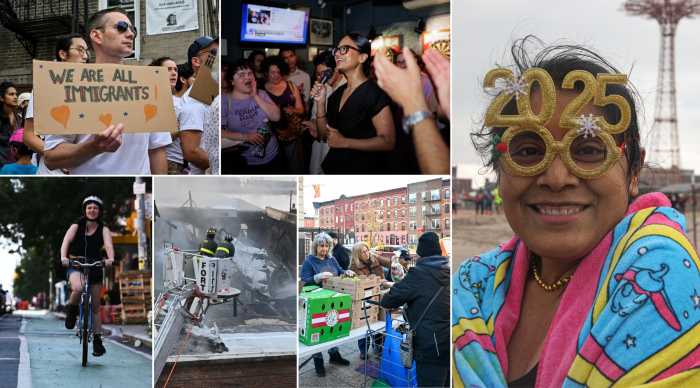Tis’ the season for ghosts and goblins. Halloween may be everyone’s favorite excuse for dressing up and binging on candy, but have you ever wondered where the holiday came from? Or why people dress up at all? And what’s with all the kitschy decorations featuring black cats? Here’s what you might not know about the spooky holiday.
Samhain, the pagan origin
Scholars largely agree that Halloween descended from an ancient Celtic harvest celebration at summer’s end called Samhain that began on the night of Oct. 31 or thereabouts. “On that night, the dead might return to the living, and creatures called sidh, or fairies, could cross over to bedevil humans,” writes Lisa Morton in “Trick or Treat: A History of Halloween.” There was probably a lot of feasting and partying during this time, and possibly human sacrifice as well.
The pagan holiday was appropriated by early Christians and became All Hallows’ Eve — the evening before All Saints’ Day when saints are honored. Christians also added All Souls’ Day on Nov. 2. Even after it was Christianized, the holiday stubbornly refused to shed its supernatural trappings.
From animal skins to Batman
The tradition of masquerading or dressing up on Halloween may also have started with the Celts, who donned animal skins during Samhain. But why dress up? Scholars think the Celts may have tried to conceal their mortality by masquerading as spirits. In appropriating Samhain, Christians tried to encourage people to dress up as their favorite saints during parades.
Today, people may dress up as Batman or a vampire to act out what can’t be expressed in normal life, some psychologists theorize. For children, it may be simple role-playing — though largely along gender lines.
More importantly, perhaps, researchers have found that zoo animals may find vampire masks more frightening than masks of Bill Clinton.
How the jack-o-lantern got its name
The tradition of the jack-o-lantern comes from an old Irish tale about a man named Jack who tricked the Devil — twice — to keep his soul out of Hell. When he died, he was refused entry to Heaven because of his sins; and the Devil would not have him. Jack was cursed to wander, and the Devil gave him a coal from Hell to light his way. Jack placed the ember in a turnip to create the jack-o-lantern.
While the first jack-o-lanterns were turnips, it is widely believed that Irish immigrants to the U.S. turned to the easier-to-carve pumpkin when they arrived in large numbers in the 1840s and popularized Halloween celebrations.
Trick or treating
Scholars have labored to trace trick-or-treating as a ritual back to Samhain, but primary sources are sketchy. They have also seen echoes of the ritual in other holidays, like the asking for “soul cakes” on All Souls’ Day on Nov. 2 or Guy Fawkes Day, where children in England dress in tattered clothes and beg for money to buy fireworks. But folklorist Tad Tuleja traces the modern day ritual to Doris Moss, who wrote in a 1939 story in American Home arguing for trick-or-treating in an effort to redirect children away from the pranks that were had been common on Halloween.
Black cats and witches
Black cats and witches are some of the oldest icons of Halloween, brought over to North America from Europe by Irish immigrants. They are also closely associated. The Scots once believed witches would transform cats into horses on Halloween night. In the Middle Ages, witch hunters in Europe pointed to women living with cats as evidence of witchery. The Druids, priests of the Celts, may have even believed that black cats were human beings who had been transformed and given evil powers. No wonder some of the frightening felines were thrown into bonfires!




































